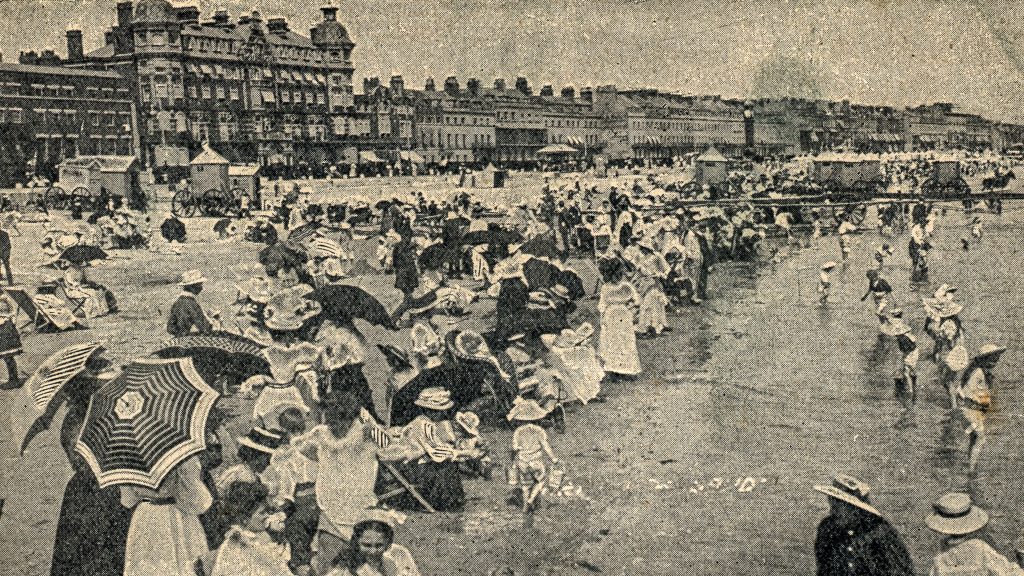
Leslie Clouten was recovering from his wounds on 28 September 1917 when he wrote a letter to his parents on the back of this folding souvenir postcard booklet. While serving at the front in France in June, Leslie had been injured by a gunshot wound in the abdomen, and was removed to England, suffering continual […]
Read More…
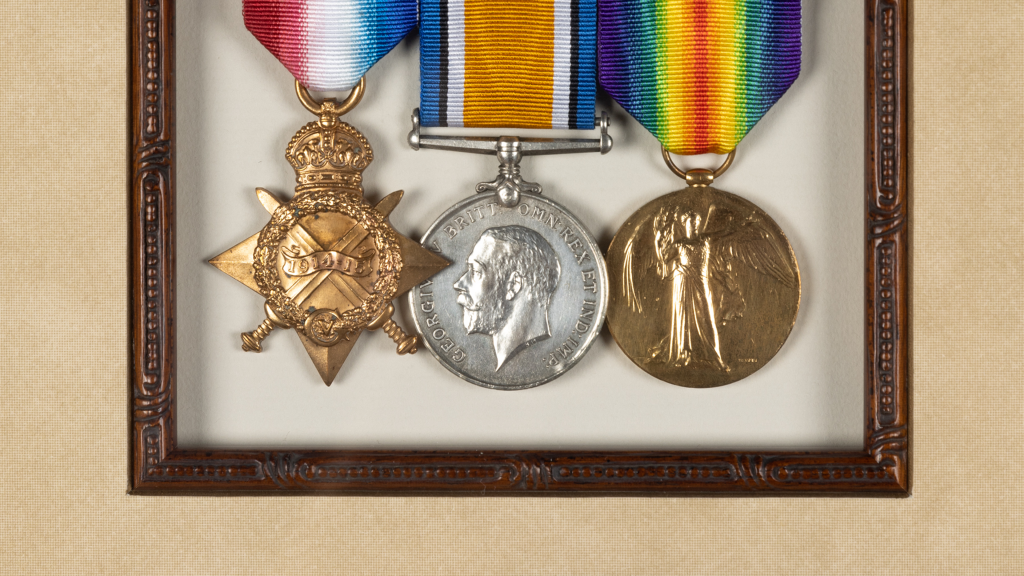
Issued by the hundreds of thousands, military medals can appear as cold, official relics of war. But these medals awarded to Corporal Harry Roland Paul Cradick (1884-1948), can be seen as symbols of three stages from his unique experience of World War I. When Harry enlisted at age 30, he lived with his family in […]
Read More…
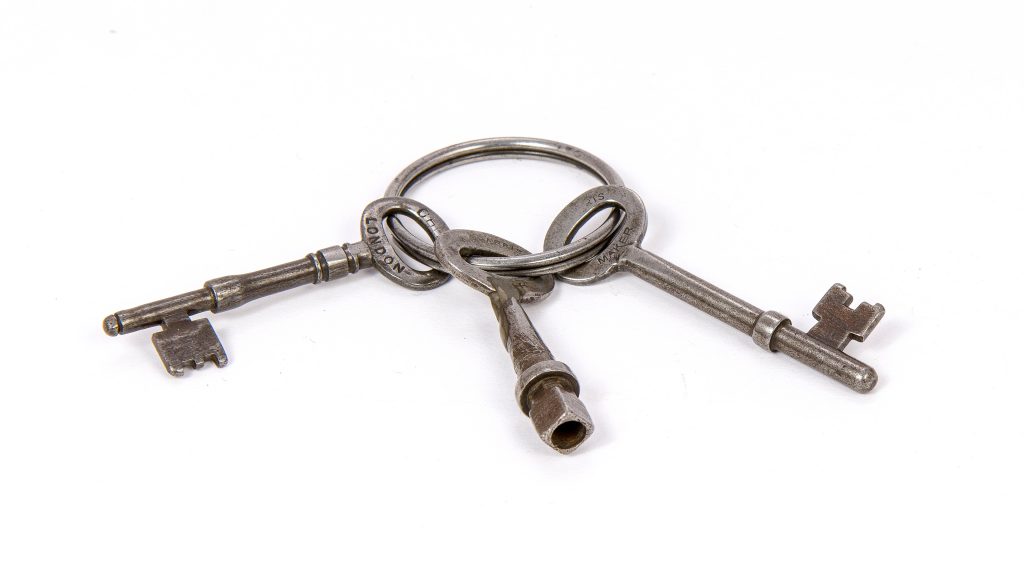
Morriset Hospital was designed to feel more like a hospital and less like a jail for its patients and staff. With its lovely bushland setting and manicured gardens bounded by an expansive lake, most patients were free to roam the grounds in their leisure time, communing with nature. And despite the lack of guarded fences, […]
Read More…
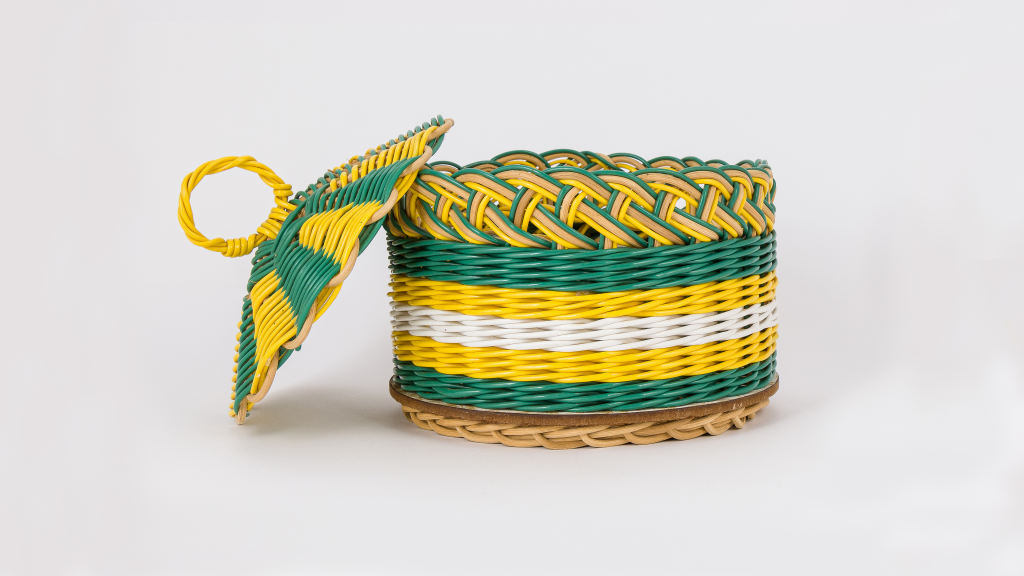
In 1955 a journalist for the Newcastle Morning Herald and Miner’s Advocate reported that when touring the Morisset Psychiatric Hospital he observed a blind patient weaving a basket. At the Hospital in this time, and until 1965, items such as these baskets were made by patients in the Male Occupational Therapy Department. But there are also […]
Read More…
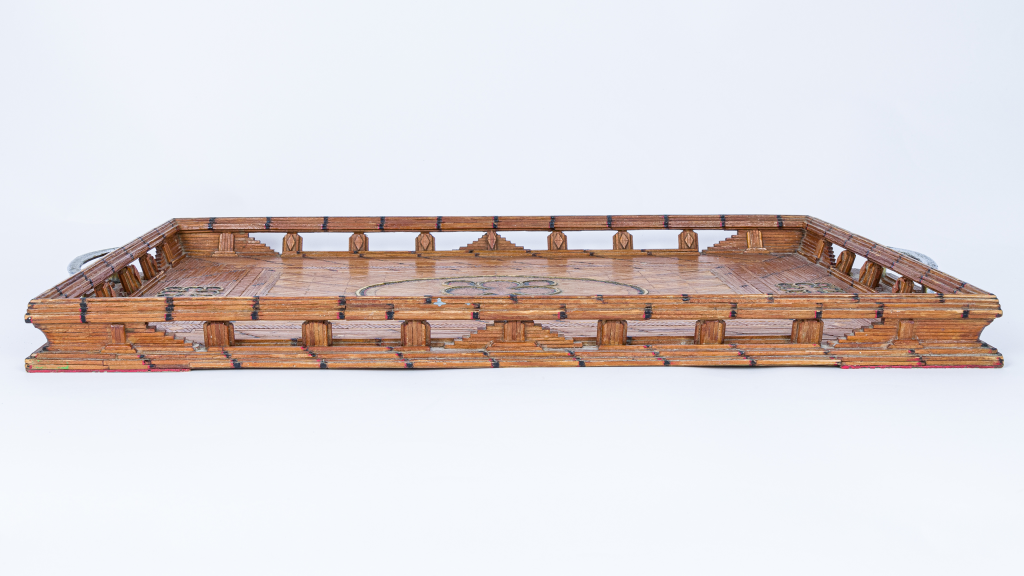
In 1936, Morisset Psychiatric Hospital opened a new ward for the Criminally Insane, commonly referred to as the ‘Crim’ by staff. Patients of this maximum-security ward were men with mental illnesses which contributed to their offence or prevented their integration into the regular prison environment. By the 1970s, the most common diagnosis of patients was […]
Read More…
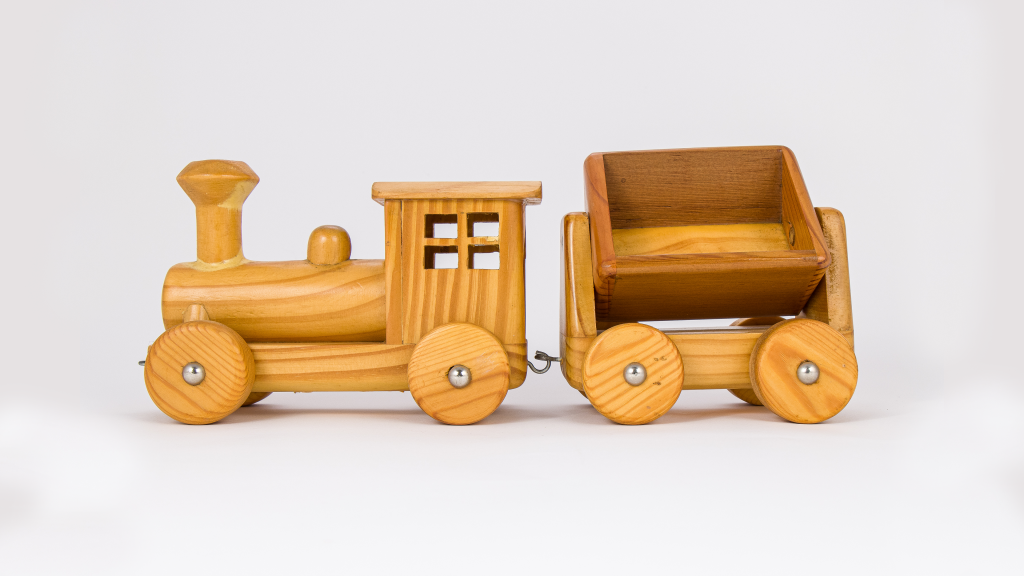
The recorded histories of institutions such as Morisset Hospital are rarely given by its patients. Through the 1900s, the hospital, once known as an insane asylum or mental hospital, cared for people with a variety of needs: disability, alcohol addiction, mental illness, those experiencing the late-stage impacts of sexually-transmitted diseases, and criminals considered unsuitable for prison. […]
Read More…
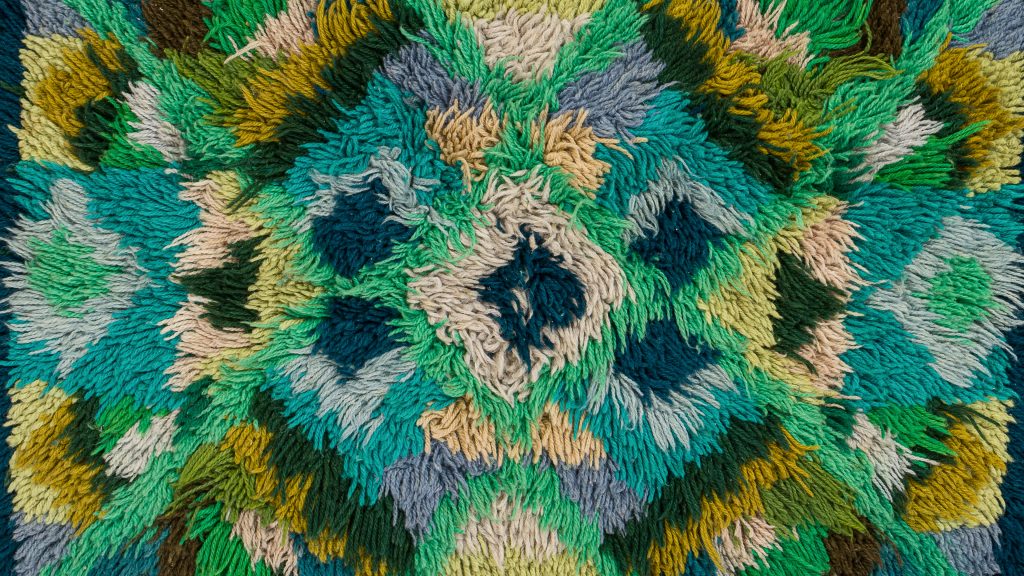
A pair of moccasin slippers, a latch hook rug and a set of wire clothes pegs—what do they have in common? They were all handmade by patients at Morisset Hospital. From its inception, Morisset Hospital was planned to be a largely self-sufficient community—boasting a farm, gardens, a fishing boat, boot maker’s workshop, a busy kitchen, […]
Read More…
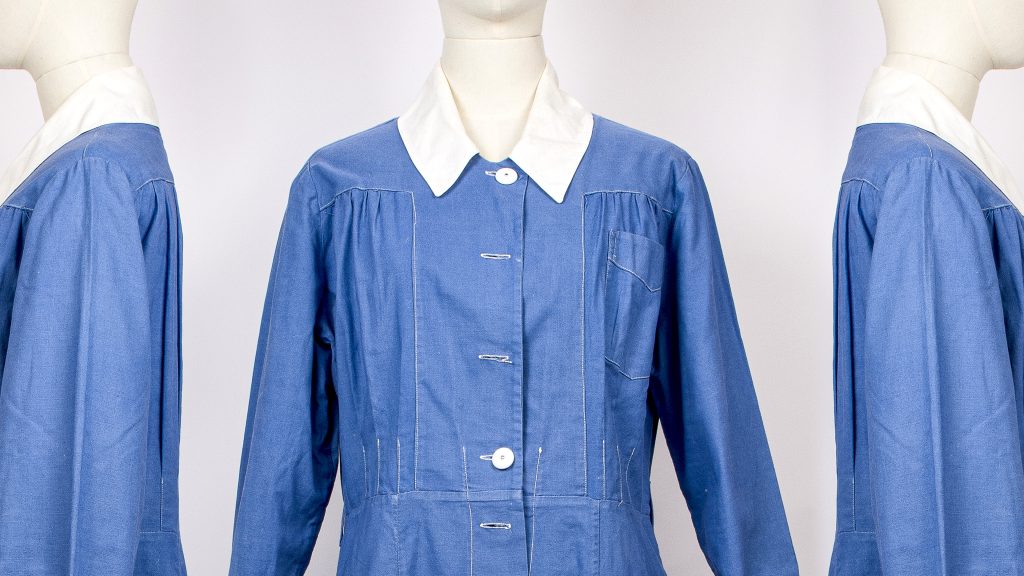
If you had visited Morisset Psychiatric Hospital in the 1930s you may have met Jean Pursehouse wearing this standard-issue nurse’s uniform—a long-sleeved, blue-denim dress, with white buttons and collar. On the long shift from sunrise to sunset, nurses like Jean rolled up the stiff sleeves of these, heavily starched, hardwearing uniforms to get on with […]
Read More…
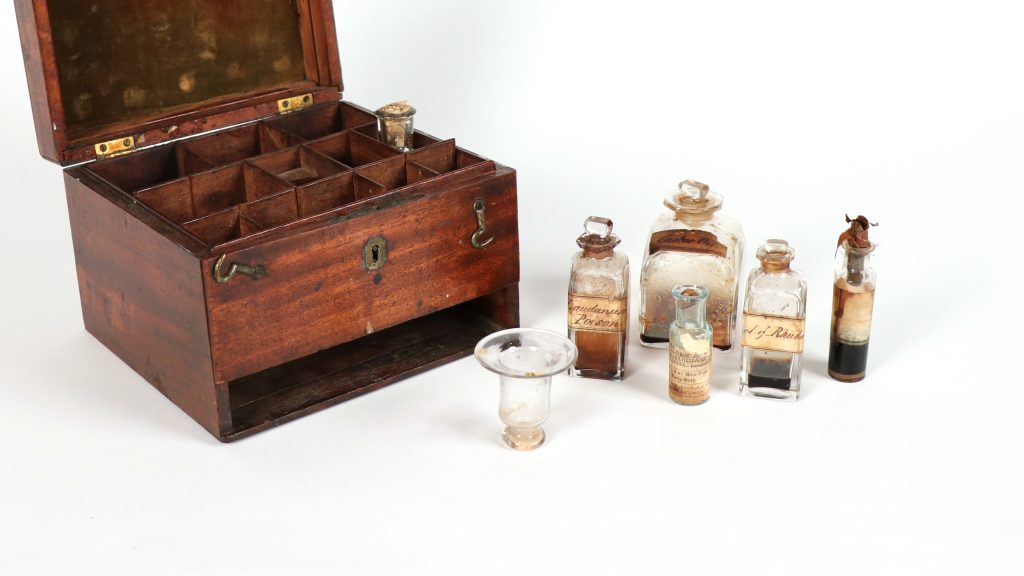
Kept inside this mid-nineteenth century cedar-chest are original medicine bottles with their glass and cork stoppers, and a glass ‘dropper’. The bottle contents include castor oil, tincture of rhubarb and the opioid labelled ‘Laudanum Poison’. These medicines were used to treat a range of common ailments such as colic, toothache, and headache in this era. […]
Read More…










